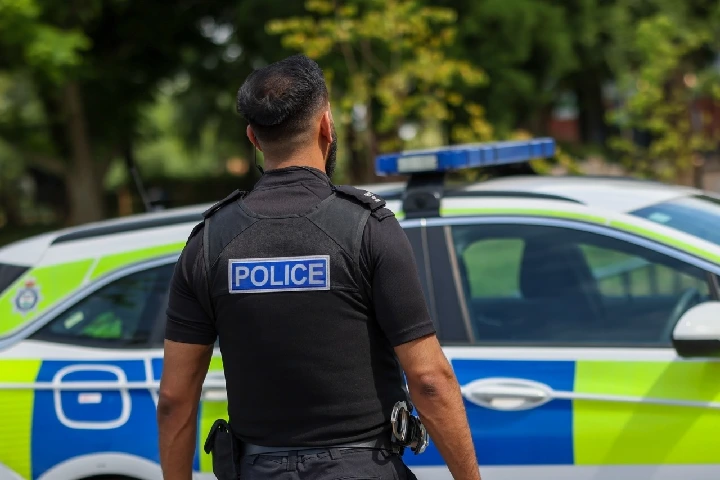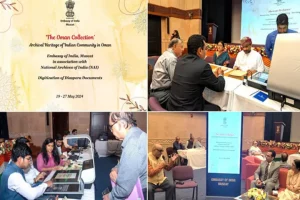It is exactly one year to the infamous riots that shook the British town of Leicester and made global headlines. The four-week long intermittent attacks on Hindu residents and symbols left the secular fabric of the manufacturing and trading town charred.
Violence subsided only after the police led a crackdown and released photographs of over a dozen youth for questioning. An important reason for the crackdown were attacks on the four dozen security personnel. Alarmed by the rioting, Home Secretary Suella Braverman rushed to the town to meet with faith leaders and the police.
The British government was alarmed also because of growing calls by Muslim organisations to attack Hindu places of worship in Smethwick and London, and stepped in to curb the growing anti-Hindu sentiment.
As the police scanned CCTV footage, by January 2023 they had made nearly 100 arrests and were still scouting for more people.
One year later, answers to the genesis of the violence have not come from the government.
Investigations which looked into the violence came from non-governmental agencies – the London-based Henry Jackson Society and the US-based Network Contagion Research Institute (NCRI), which pointed out how the social media was misused to mobilise violence against Hindus.
An inquiry to be conducted by Dr Chris Allen, professor of hate studies at the University of Leicester had to be cancelled in November 2022 after Allen demonstrated his bias against the Hindus by blaming them in an article that he wrote. In his article he also highlighted how the Bradford riots had erupted in 2001, casting a shadow over inter-racial harmony in the UK.
Reportedly, the Bradford riots of 2001 caused damages of approximately 27 million pounds and caused injuries to nearly 300 police officers after Asian Muslim youth battled the Bradford police and set fire to cars and properties. Hundreds of youth were sent to jail for violence, arson and rioting. Leicester was not the first British urban area to witness ethnic violence.
On May 26 this year – nearly nine months after the unprecedented violence in Leicester – Secretary of State for Communities Michael Gove ordered an independent review into the unrest. The panel of experts will look into the sequence of events, analyse the causes of unrest and also recommend how similar incidents can be avoided in the future. The panel will also suggest ideas for strengthening social cohesion locally.
Insight UK, which calls itself a “social movement of British Hindus and British Indians”, has blamed the violence on Islamist mobs. It also blames a two-week campaign of “fake cases being filed against largely innocent Hindus by Islamists, rumours spread on social media and violence incited against Hindus in Leicester”.
An anti-Hindu atmosphere was built up on social media by reporting fake incidents of violence which were later disproved by police investigations. However, the fake posts mobilised Muslim youth to assemble in Leicester from Birmingham and even as far as London.
Even though the communities have settled down to work after weeks of attacks on Hindus, people ask whether the official investigation will bring justice to the affected families and succeed in curbing fake news and hate speeches in a country known for promoting multi-race relations.



















